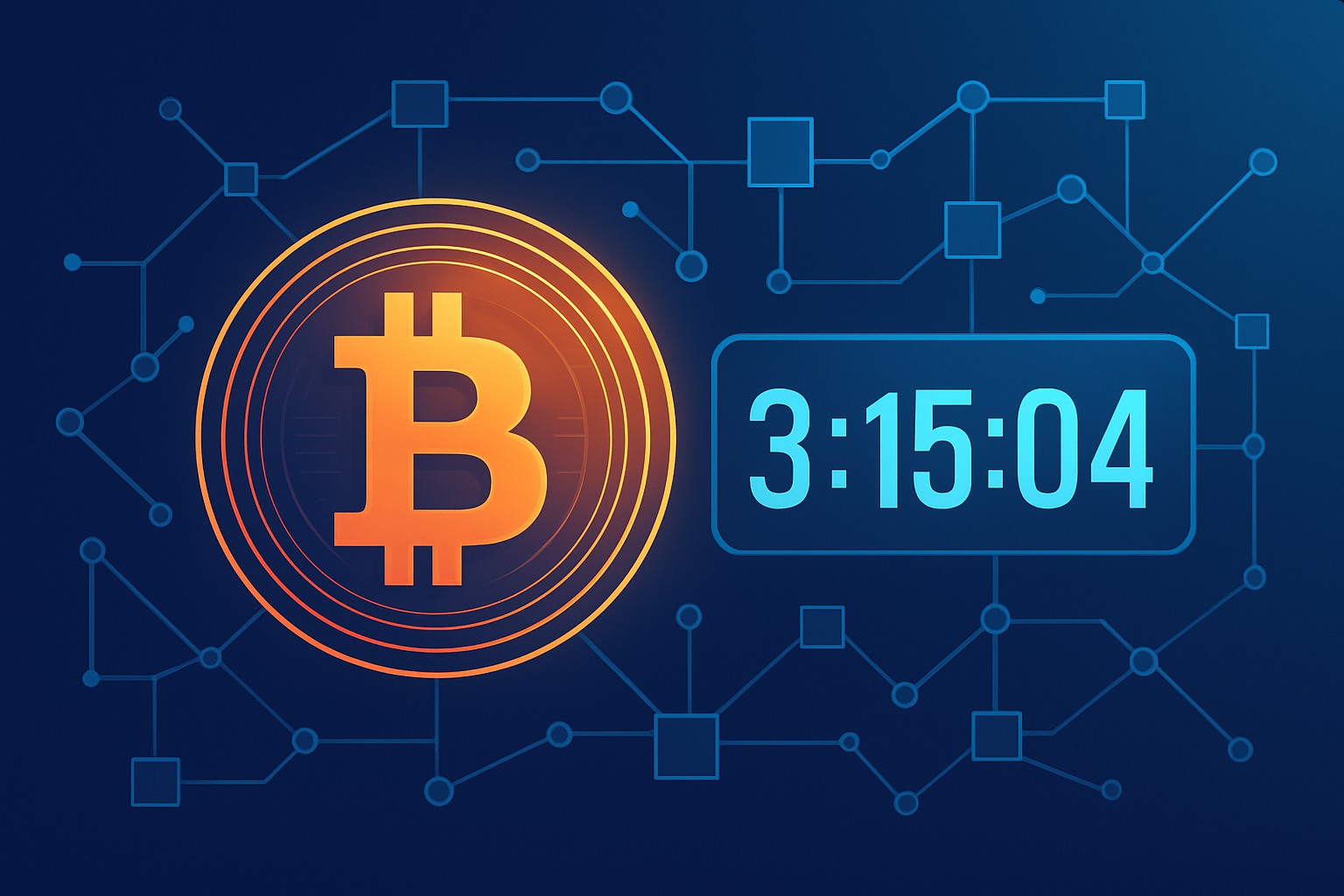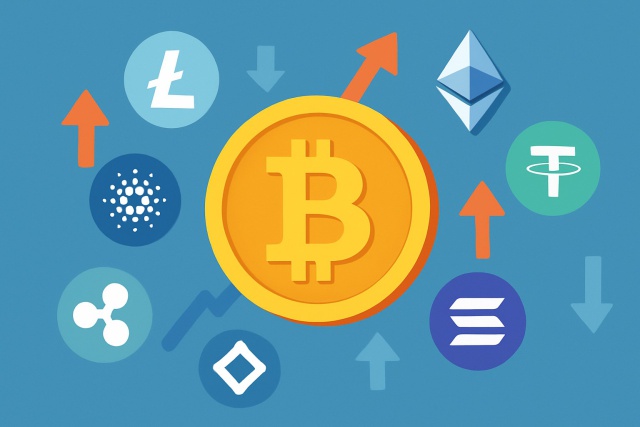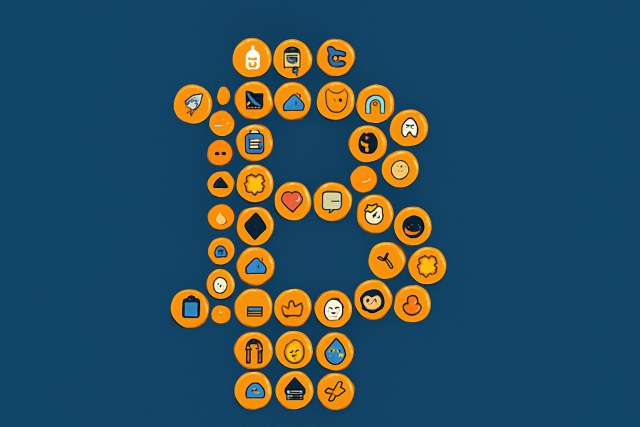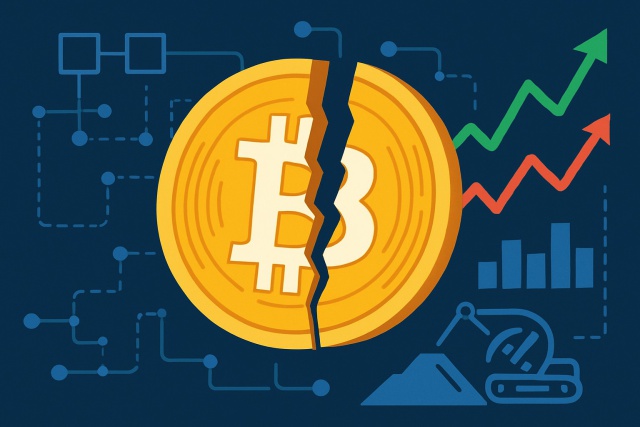When Is The Next Bitcoin Halving Date Expected?


Bitcoin halving is a pivotal moment in the cryptocurrency world that shakes things up. It affects everything from supply and miner rewards to the overall market vibe. This article dives into when the next bitcoin halving will happen, why it is a big deal in the ecosystem, and what it might mean for investors and the market.
What Bitcoin Halving Is and Why It Really Matters
Bitcoin halving occurs roughly every four years or after 210,000 blocks when miners' rewards for validating transactions take a nosedive—cut in half to be exact. This clever mechanism helps keep the pace of new bitcoin creation in check and often eases inflation while making bitcoins feel a bit more elusive.
Past Bitcoin Halving Events and the Surprising Ways They Shook Up the Market
Bitcoin has gone through three halvings so far: in 2012, 2016 and 2020. Each time the market didn’t exactly stay calm. You could really feel shifts in sentiment, mining economics and price action. Usually the price starts creeping up before the halving and then takes off with a noticeable rally afterward fueled by the classic combo of increased scarcity and a surge of investor enthusiasm.
| Date | Block Height | Block Reward Before | Block Reward After | BTC Price Before | BTC Price 6 Months After |
|---|---|---|---|---|---|
| Nov 28, 2012 | 210,000 | 50 BTC | 25 BTC | About $12 | Around $127 |
| Jul 9, 2016 | 420,000 | 25 BTC | 12.5 BTC | About $650 | Sitting steady at about $600 |
| May 11, 2020 | 630,000 | 12.5 BTC | 6.25 BTC | Around $8,700 | Climbing to roughly $18,500, give or take |
Taking a Closer, More Thoughtful Look at the Bitcoin Halving Schedule
Bitcoin miners add blocks roughly every 10 minutes while halvings pop up every 210,000 blocks—that's about every four years if you are keeping score. Mining difficulty and hash rate sometimes throw a curveball and nudge the exact halving date around a bit.
How to Get a Rough Idea of When the Next Bitcoin Halving Will Happen
By mid-2024 Bitcoin's block height is inching close to 840,000 and will hit the milestone that signals the fourth halving event. Since blocks usually pop up every 10 minutes the next halving will happen sometime between April and May 2024.
Market Trends to Watch as the Next Bitcoin Halving Looms
In the months leading up to a bitcoin halving, it’s common to see volatility crank up a notch along with speculative trading. You’ll often notice market participants jumping in early which tends to nudge prices upward and get miners hustling more. Investors keep a keen eye on shifts in liquidity and fresh waves of institutional investment as well as subtle changes in sentiment
- Bitcoin prices tend to get a bit jumpy as the halving date draws near, largely fueled by investor speculation and the buzz building in the market.
- Mining activity ramps up, which can shake things up with the hash rate and sometimes cause a little network hiccup or two.
- Institutional interest usually sees a noticeable uptick, with major funds and companies quietly beefing up their bitcoin holdings.
- Media coverage picks up steam, spreading the word and pulling in fresh retail investors eager to join the party.
- Connections with altcoin markets often grow tighter, as capital flows and shifts around within the ever-evolving crypto ecosystem.
Possible Long-Term Effects of the Upcoming Bitcoin Halving What to Watch For
The upcoming halving is set to cut miner rewards in half, tightening bitcoin’s supply curve and potentially fueling price gains as scarcity takes the spotlight. This shift could put some pressure on miner profitability, nudging the industry toward fresh technological innovations to keep the network both secure and efficient.
"Bitcoin halving is a pretty important deflationary event that steadily tightens the supply, making it scarcer as time goes by. This tightening really bolsters its role as a digital store of value and gives it a fighting chance as a hedge against inflation." — Leading Cryptocurrency Analyst
Key Points Investors Might Want to Keep in Mind Before the Upcoming Halving Just a Few Nuggets to Chew On
Think carefully about your own risk tolerance because prices can swing wildly before a halving. It is a bit like riding a rollercoaster you did not sign up for.
Check how healthy and profitable the mining sector is. Miners staying afloat often means the network’s security is in good shape.
Dive into past halving events to get a clearer picture of how the market tended to react and when. This can save you from unwanted surprises.
Spread your crypto holdings to balance your exposure between bitcoin and some promising altcoins. Diversification is often the name of the game here.
Stay in the loop about the latest technological developments in the bitcoin ecosystem, especially regarding scalability and energy efficiency. These factors can quietly tip the scales over time.
The next bitcoin halving is set to happen around April or May 2024 and it’s shaping up to be a big deal for the cryptocurrency world. Having a heads-up on the timing and reflecting on how things played out in the past can help investors get their ducks in a row. Keeping an eagle eye on market trends also helps.
Frequently Asked Questions
How does Bitcoin halving affect the price of Bitcoin?
Bitcoin halvings often spark price increases by slashing supply and stirring up investor buzz. Historically, we have seen rallies follow these events though the exact timing and size can be a wild card. Market mood swings, big players stepping in and the wider economic picture all throw their hats in the ring, so don’t be surprised by some short-term ups and downs along the way.
Why does Bitcoin halving happen every four years?
Bitcoin halving kicks in every 210,000 blocks which usually takes about four years at an average 10-minute block pace. This setup is hard-coded into Bitcoin’s DNA to keep inflation from running wild by steadily shrinking new supply. It’s similar to how rare metals such as gold become more precious as they get harder to find.
Will miners stop mining after the next halving due to lower rewards?
Even though rewards get sliced in half after halving miners typically adapt by upgrading their rigs or hunting down cheaper electricity to keep plugging away. If Bitcoin’s price climbs post-halving transaction fees often help fill the gap left by smaller block rewards. This is great news for keeping the network humming securely.
Can the next Bitcoin halving date change?
The halving happens at a specific block height — 840,000 for the upcoming one — not on a fixed calendar date. Variations in mining speed can nudge the date by a few days or weeks but generally it sticks close to the four-year mark. For the sharpest countdown, I’d keep an eye on live blockchain trackers.
Should I buy Bitcoin before or after the halving?
There’s no magic bullet here. Buying before the halving might let you ride the wave of speculation while waiting it out can help dodge some short-term rollercoaster volatility. Historically, people who hang on for the long haul tend to come out ahead. It’s worth weighing your risk comfort, reviewing past cycles and considering dollar-cost averaging to make timing less of a headache.
How does halving impact Bitcoin’s long-term value?
Halving really cranks up Bitcoin’s scarcity which is a big corner piece in its value puzzle. By trimming new supply it behaves like a deflationary asset that can boost demand over time. That said, adoption trends, regulatory moves and tech breakthroughs also play starring roles in shaping Bitcoin’s long game beyond halving events.
Start Your Crypto Journey with Coinbase Today
Ready to enter the cryptocurrency market but unsure where to begin? Coinbase makes buying, selling, and storing digital assets simple and secure for beginners and experts alike.








